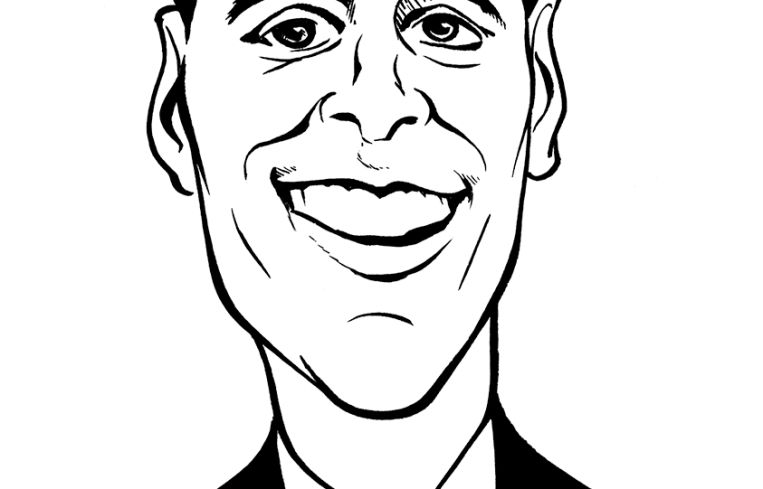For Tourism, We Need a Cheerleader-in-Chief
By Ken Biberaj February 8, 2017 1:52 pm
reprints
When the financial crisis hit in 2008, New York City’s biggest industries faced an uncertain future. Part of our ability to overcome the recession came from the strength of the tourism industry and enthusiasm from Mayor Michael Bloomberg and President Barack Obama. Today, we grapple with a greatly diminished image of our country in the wake of President Trump’s Muslim ban. The president’s actions put the onus on Mayor Bill de Blasio to step up and fight for New York values and the industry that most exemplifies them, tourism.
In 2011, Bloomberg stood in Times Square on a cold December day to welcome the 50 millionth visitor to the city—a record at the time—and in 2012, Obama stood on Main Street USA at Disney World and gave a major address unveiling a comprehensive strategy to boost travel and tourism. Both had an outward-facing approach on tourism, with a welcoming and inclusive appeal to all visitors from around the world.
How quickly things seem to have changed at the national and local levels.
Trump’s hostile and impulsive travel ban against Muslims will have a lasting and devastating effect on the travel industry. We have gone from a country represented by the Statue of Liberty and welcoming to all, to a country that will screen, detain and turn back those seeking to visit or immigrate to our country. The anger, uncertainty and resistance to the ban extend beyond protests at the airports. Over 2,000 tech executives have called on Trump to rescind the ban while over 1,000 Yemeni American bodega owners from across New York City closed their businesses and staged protests.
Tourism is the quintessential public-private endeavor, requiring leadership and advocacy from government and support and hospitality from the private sector. With the tone being so hostile and aggressive at the national level, we need to double down and strengthen our voice at the local level to encourage sustained tourism. This will require a concerted and visible push from city leaders, and the mayor should improve upon some recent missteps.
After meeting with then-President-elect Trump, the mayor stood in front of Trump Tower and was asked about the impact that the enhanced security presence was having on retailers like Tiffany’s and Gucci, and he noted that they were not “central concerns in life” for him. If two of the most renowned retailers in the world occupying space in the heart of our city are not a concern for the mayor, that’s a problem.
Secondly, the city announced in mid-December that it had reached the ambitious goal of welcoming 60 million visitors in 2016. While Bloomberg held a massive rally and celebration in Times Square to honor the 50 million visitors in 2011, de Blasio sent out a press release noting the milestone but no large-scale event to celebrate.
Lastly, while standing in Times Square two days before this past New Year’s Eve, the mayor noted,: “I’m not quite sure why a million people want to stand in the freezing cold for long periods of time.” This is the exact opposite thing the mayor should say. We should welcome and support anyone who is willing to brave the elements to ring in the New Year and celebrate in New York City.
Mr. Mayor, businesses across our city depend on the 60 million visitors that spend over $8 billion each year. We are facing a severe threat of reduced tourism due to Trump’s policies and need a cheerleader-in-chief for our city, our businesses (including larger international retailers on Fifth Avenue) and sincere gratitude to everyone that visits one of the five boroughs.
It is harder than ever to run a business in New York City, and the last thing we need is a drop in tourism. New York is a welcoming and inclusive city. Millions of people are excited to visit us every year and we should be just as excited to welcome them.
Ken Biberaj is the chairman of the board for the Manhattan Chamber of Commerce.



